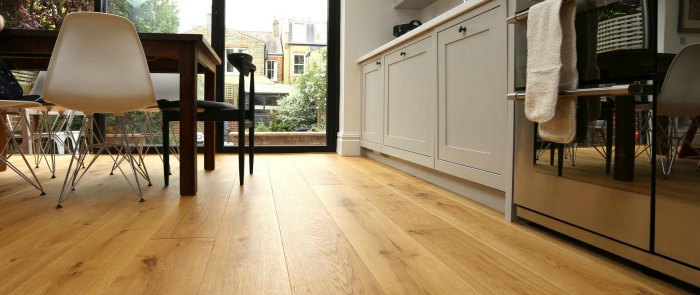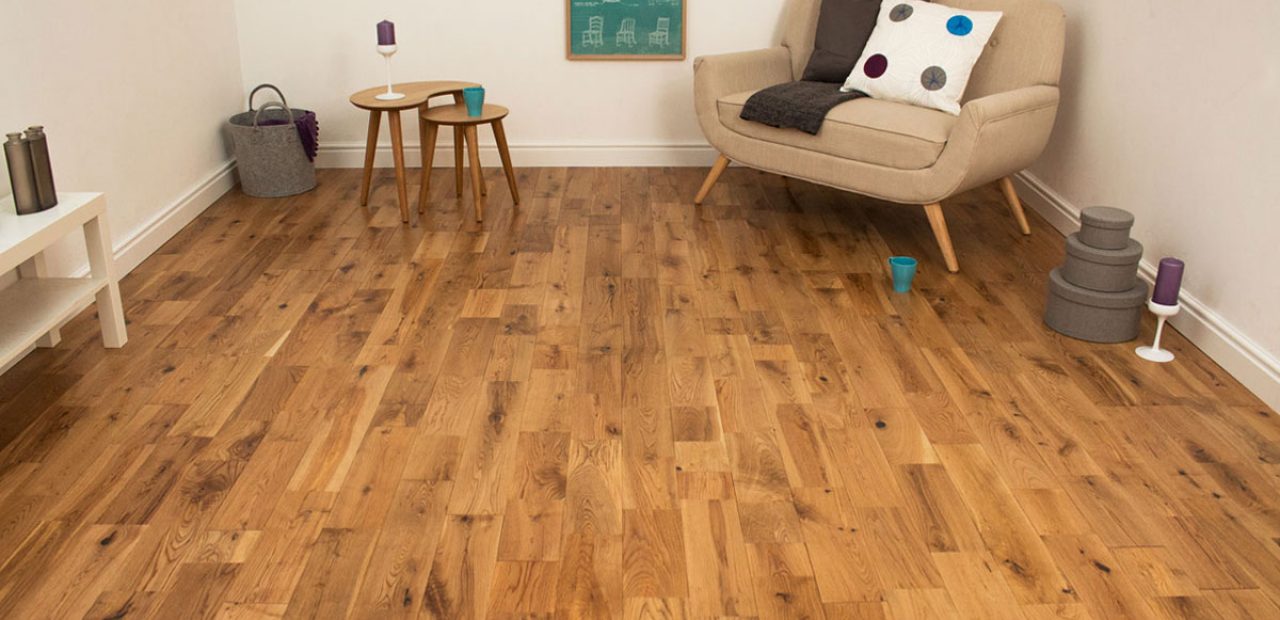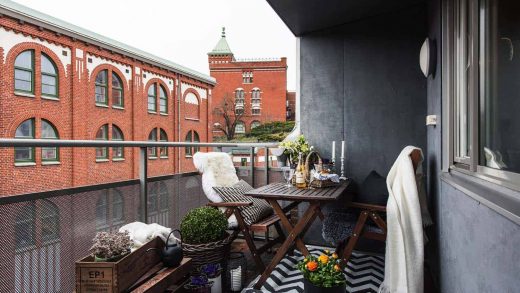Engineered Oak Flooring: Beauty Requirements (Check), Saving Money (Check)
As far as the aesthetic appeal of flooring is concerned, nothing comes close to the charm of hardwood. Its timeless beauty adds instant warmth, character and value to any domestic setting. However, being such a sophisticated option makes hardwood floors come with a high price tag. Its price, together with the fact that wood is prone to warping and scratches, makes this type of flooring not the most convenient option for most people. Luckily, there’s a more affordable product on the market that comes with extra resilience. Take a look at what I’m talking about.
Engineered wood flooring is the latest craze in home improvement projects. As people begin to notice its many advantages and switch to it, the technology used for its manufacturing also evolves more and more. The inside of this type of flooring consists out of several layers of pressed plywood or manufactured wood that’s invisible under the nicer wood veneer. The top layer gives this floor the look and warmth of hardwood, while the cheaper, plastic core is what makes movements easier and prevents warping in humid conditions.

Concerning material, engineered floors do not discriminate, so you have maple, pine, chestnut, walnut and oak as the most common variants. But if you want to make sure your floor will stand the toughest tests of time while making your home look luxurious, then oak should be your material of choice. As one of the most desired domestic flooring types, engineered oak flooring is famous for being scratch-resistant and boasting with a long life span. The thickness of the top layer can span between 0.6mm to 6mm and the one you choose will dictate how often should the floor be sanded. All top layers that are thick over 4mm are a safe bet if you want to be able to refinish your floors without hitting the “engineered” part.
Another part of the goodness surrounding engineered oak flooring is that it is an environmentally friendly choice. The inside layers that mainly consist out of plastic or reclaimed wood cut down the amount of fresh wood that goes into making this type of flooring. Even the top layer that consists of hardwood is made in a way that benefits the environment. The veneer is made out of wood which isn’t cut with a saw, but instead it’s sliced. This ensures that the wood is completely used and there’s no sawdust which adds to the large amount of wasted wood. Moreover, the trees that go into the making of engineered oak flooring have a fast growth process, meaning they will be quickly renewed. As you can clearly see, engineered oak floors are all you could ever want and need for your home!

















